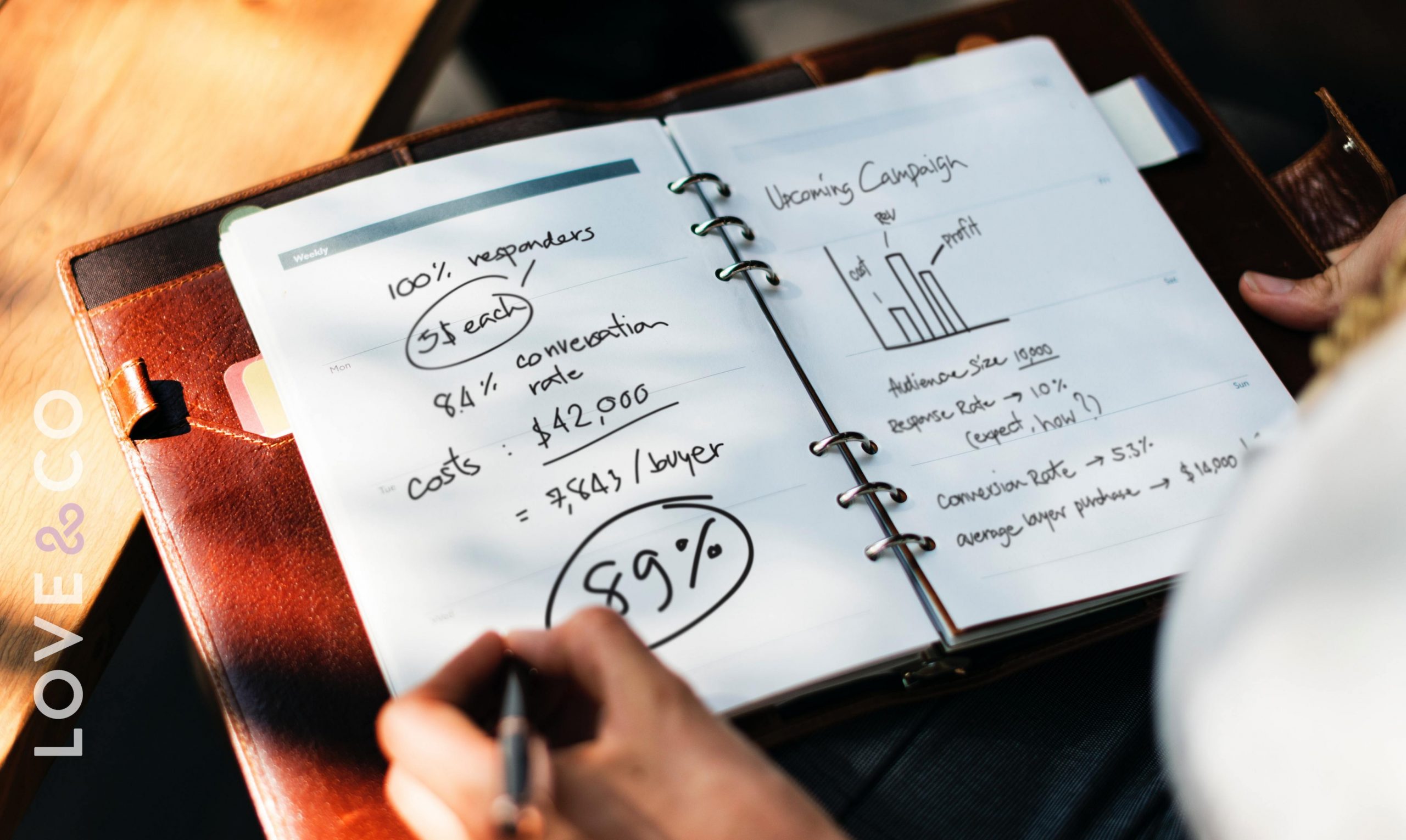What is Gross Rental Yield?
If you’re looking to invest in a property, deciding which one is the best value for money can be daunting. There are limitations on how much the gross rental yield percentage can tell you, but anybody looking to use their property as an investment – whether now or potentially in the future – should understand the gross rental yield and what that says about the value of their purchase.
In a nutshell, the gross rental yield can help you get a quick idea of the basic value of a property with a simple but effective equation.
What is gross rental yield?
Gross rental yield looks at how much income a property receives as a percentage of the purchase price or value of that property. It’s called ‘gross’ rental yield because it doesn’t take into consideration other costs and expenses that might come into play when you own a house, such as maintenance or body corporate fees. For a more in-depth look at how much net income a property will receive with other costs taken into consideration, investors look at the net rental yield percentage.
The gross rental yield is a simple way to represent how much potential income a property will provide compared to how much you pay to purchase that property. Once you can compare the gross rental yield of a few properties and you have some options you are interested in, you might want to have a closer look at other factors that could influence how much your property is worth now and in the future.
How do you find out the gross rental yield of a property?
To find the gross rental yield, the first figure you start with is the annual rental income, or the amount of weekly rent times 52, or monthly rent times 12. That sum is then divided by the purchase price of the property, and multiplied by 100 to turn it to a percentage.
For example, imagine the weekly rent coming in from a property is $400, and the property is worth $200,000. The first number is the annual rental income – $400 times the 52 weeks in a year, which would equal $20,800. $20,800 divided by the property value of $200,000 is 0.104, or 10.4% of the purchase price.
Why is gross rental yield important?
Making sure your investment is sustainable. If you’re purchasing a property, you want to know it will pay off. Gross rental yield can help you have a basic idea of how much income the property will give you over time.
Quick comparison. When looking at properties with a range of prices and rental incomes, this figure can help you quickly compare the basic return you can expect in the short term.
Checking your investment. This figure isn’t just useful for people buying a property – it can be used by investors who are checking that their investments are working in their favour. Sometimes properties increase in value but the rent stays the same, lowering the gross rental yield, which might cause an investor to look around to see if it’s a good time to move their investment to a different property.
What are the limitations?
Doesn’t look at the whole picture. Net rental yield is a similar concept, but takes into consideration all the expenses associated with the place. As the calculation is more complicated and the expenses are not always known, gross rental yield is often used as a basic idea but can’t give you the whole picture.
It can’t predict the future. Just because a property has a high gross rental yield doesn’t always make it the best choice. Property prices can rise, rents can fall, suburbs can be developed – there are a huge number of reasons why the value of a property could change.
It’s a limited look at a much bigger picture. Two properties might have comparable gross rental yields, but if one has a compulsory body corporate, needs lots of renovation and is in an area with lower capital growth, the other would most likely be the better choice. Gross rental yield is a good place to start but there is much more to choosing the right property.
Using Gross Rental Yield
When it comes to getting a quick idea of how much income a property could give you, gross rental yield is an easy way to compare properties. However, on its own it probably won’t be enough to give you a full picture of what your property is worth.
A property will need to be able to bring in a high enough rent to cover most of your repayments, but to see the biggest return on your investment you’ll need to focus more on capital gains and how much the value of the property will increase in the long term.
For example, some remote locations in Australia have properties that offer high rental yield, but with a low chance of increasing much in value. The best properties have a good gross rental yield but also a high chance of long term capital growth, to allow you to get the best weekly amount for your property as well as looking forward to your property increasing in value.
Choosing a property can be complicated, with a wide range of variables to consider in order to get the best place possible. Talk to the experienced team at Love & Co. for some expert assistance that can help you sort through the sums and choose the best property for you.



